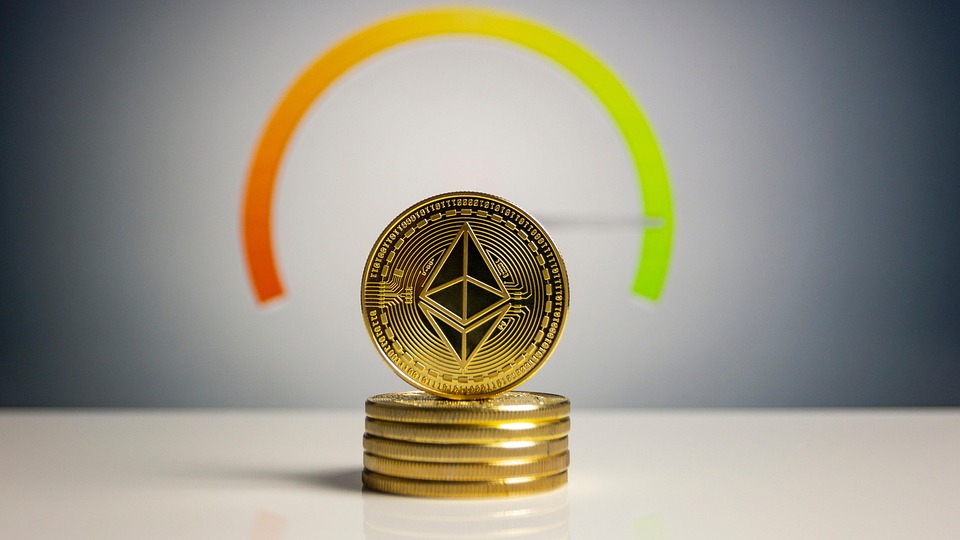In recent years, the gaming industry has undergone a seismic shift, fueled by advancements in technology and changes in consumer behavior. At the forefront of this transformation is the intersection of gaming and cryptocurrency, giving rise to Play-to-Earn (P2E) platforms that have captivated millions of players worldwide. This new model not only transforms how gaming is monetized but also challenges traditional perceptions of value, ownership, and engagement within the gaming ecosystem.
Understanding Play-to-Earn
Play-to-Earn is a gaming model that enables players to earn real-world rewards, often in the form of cryptocurrency or digital assets, simply by participating in gameplay. Unlike traditional gaming models, where players invest time and money without tangible returns, P2E platforms offer players the chance to generate income. This can manifest through various mechanisms, including:
- In-Game Assets: Players can earn unique items, characters, or skins that can be sold or traded on secondary markets.
- Cryptocurrency Rewards: Some games reward players directly with cryptocurrency for achieving certain milestones or completing challenges.
- Staking Mechanisms: Players can stake their earned tokens to earn passive income within the game ecosystem.
The Technology Behind P2E
The backbone of P2E platforms is blockchain technology, which provides a transparent and decentralized way to track digital assets. Each in-game asset is often represented as a non-fungible token (NFT), ensuring scarcity and authenticity. Blockchain also allows for secure transactions, enabling players to buy, sell, and trade assets without the need for intermediaries.
The rise of Ethereum has been particularly pivotal in the success of P2E games, as it supports smart contracts that facilitate complex interactions between players and the gaming environment. Other blockchains like Binance Smart Chain, Solana, and Polygon are also emerging as favorable alternatives due to lower transaction fees and faster processing times.
Notable Play-to-Earn Games
Several P2E games have garnered attention, propelling the movement into the mainstream. Notable examples include:
-
Axie Infinity: Often regarded as the poster child for P2E gaming, Axie Infinity allows players to breed, battle, and trade adorable creatures called Axies. Players earn Smooth Love Potions (SLP), which can be exchanged for other cryptocurrencies, making it one of the most lucrative P2E games.
-
The Sandbox: This virtual world lets players create, own, and monetize their gaming experiences. With a robust marketplace for NFTs, players can buy virtual land and earn through content creation and gaming experiences.
- Gods Unchained: A competitive trading card game that allows players to truly own their cards as NFTs. Players can earn cards through gameplay, which can be sold or traded, creating a vibrant economy around the game.
The Benefits of Play-to-Earn
The rise of P2E platforms offers several advantages:
-
Empowerment of Players: Unlike traditional games, P2E model shifts the economic power to players, allowing them to own their in-game assets and control their financial destinies.
-
Global Accessibility: P2E games often appeal to players in regions with limited economic opportunities, providing a new avenue for income generation.
- Community-Driven Ecosystems: Many P2E games foster vibrant communities, where players can collaborate, trade, and engage in shared experiences, enhancing the overall gaming landscape.
Challenges Ahead
Despite the allure of P2E, the sector faces several challenges:
-
Volatility: Cryptocurrency markets are notoriously volatile, which can impact the stability of earnings for players.
-
Sustainability: The long-term viability of P2E games depends on maintaining player interest and ensuring a consistent flow of new players.
- Regulatory Concerns: As P2E gaming expands, regulatory scrutiny may increase, leading to potential legal challenges for developers and players.
Conclusion
The intersection of gaming and cryptocurrency heralds a new era of interactive experiences where players can earn tangible rewards. Play-to-Earn platforms are not just about gaming; they represent a shift in how we perceive value and ownership in digital worlds. As technology evolves and blockchain becomes more integrated into the fabric of everyday life, the future of gaming is poised for further innovations, challenges, and exciting opportunities. Players, developers, and investors alike will need to adapt to a rapidly changing landscape that blurs the lines between entertainment, finance, and community. The potential is vast, and the journey has only just begun.



